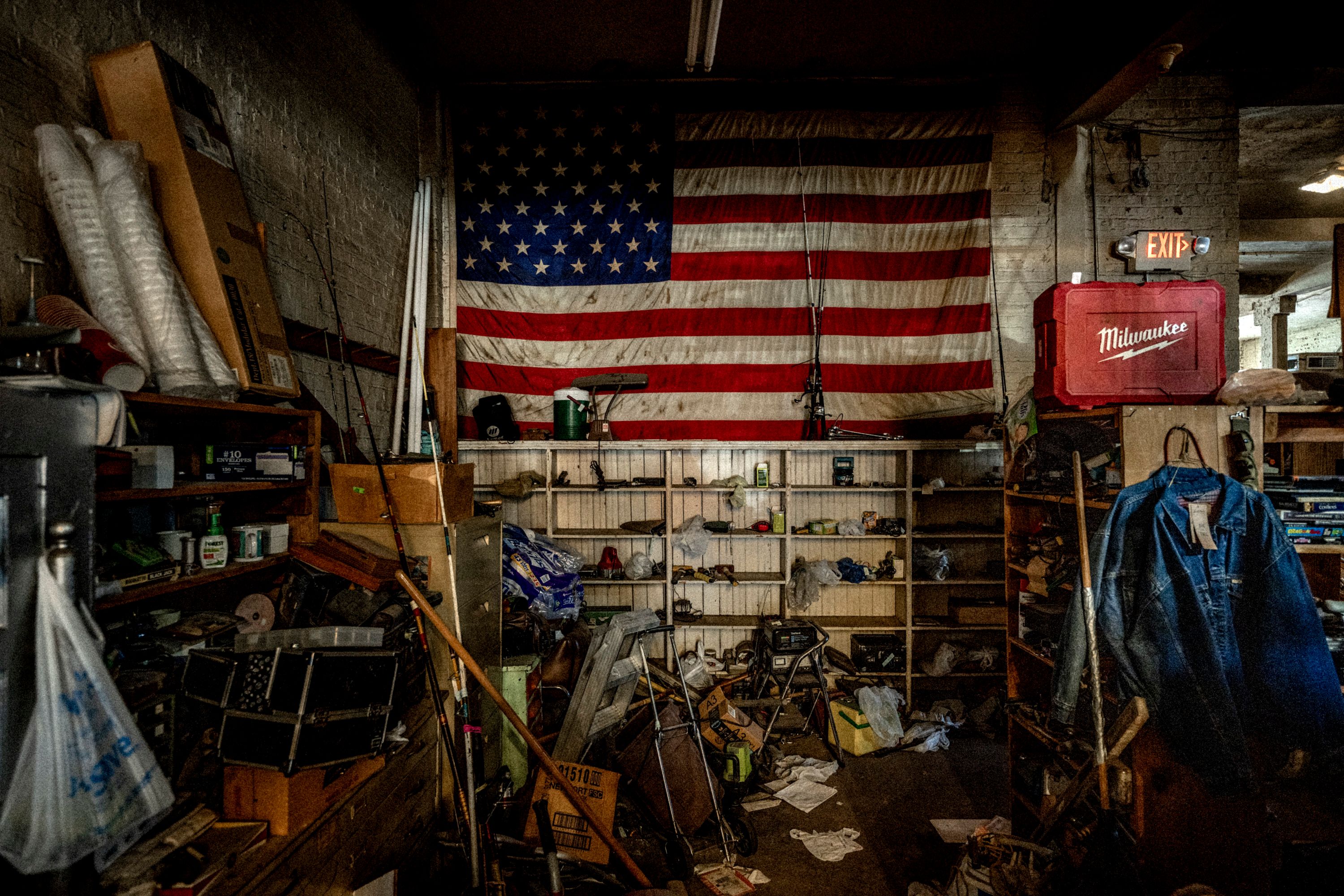Starting in 2021, I partnered with the retired actor and playwright Mark Jenkins - who drove from his home in Laramie, Wyoming to see Bob Dylan perform in Denver in February, 1964 - to explore the new Bob Dylan Center in Tulsa. Two Seattle-based artists and Dylan enthusiasts, separated by a generation, Mark and I are traveling throughout Oklahoma exploring how Dylan's art influenced the way we see the world and what the state says about America. With Mark’s notebooks and my cameras, we will continue to wonder why Dylan agreed to put his personal archives in the state and through the voices and stories we find, seek out how the state reflects back on his uniquely American art.
- drift (noun): Being driven off course. Deviation from a course. Move in a casual or aimless manner. A natural course or tendency of events or actions. The underlying meaning, import, or purport of what is spoken or written.
- drifty (adjective): Full of secret aims, wily.
When asked why he agreed to send his archives to the state, Dylan reportedly said he preferred “the casual hum of the middle of the country”. As we roam Oklahoma, with Tulsa as one of America's best crossroads cities, we will search out themes of justice, civil rights, faith, inequality, crime and outlaws, beauty, love, folk life, protest, and of course, music. Oklahoma tells the American story probably better than any other state - a place where people came with their hopes and dreams, often only to discover its failures and injustices. Oklahoma is, in many ways, a mirror to America's lofty principles, a place where the country's long, often brutal history has been compressed, but still oozes to the surface like the sea of oil that once lay under the land.
We hope to start making a dummy by the summer of 2024.



